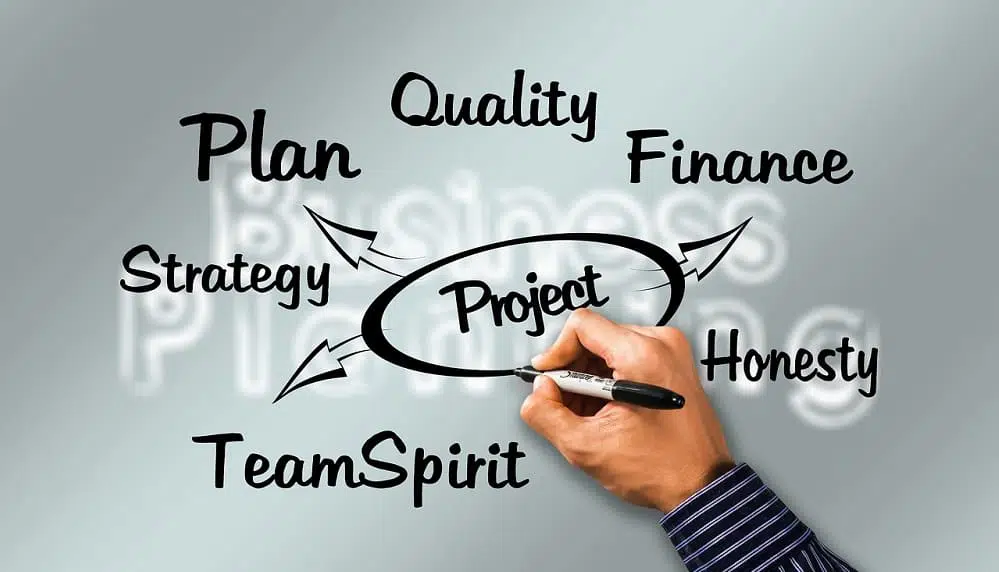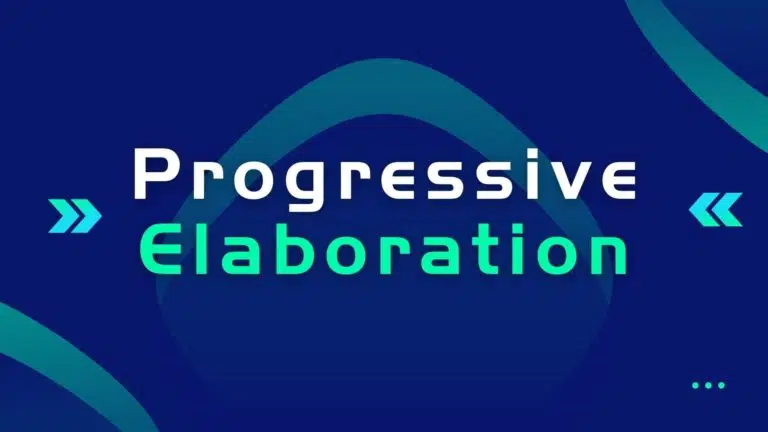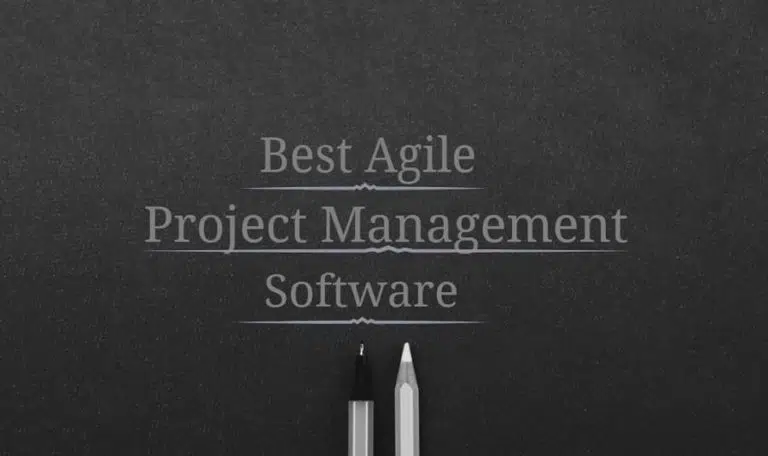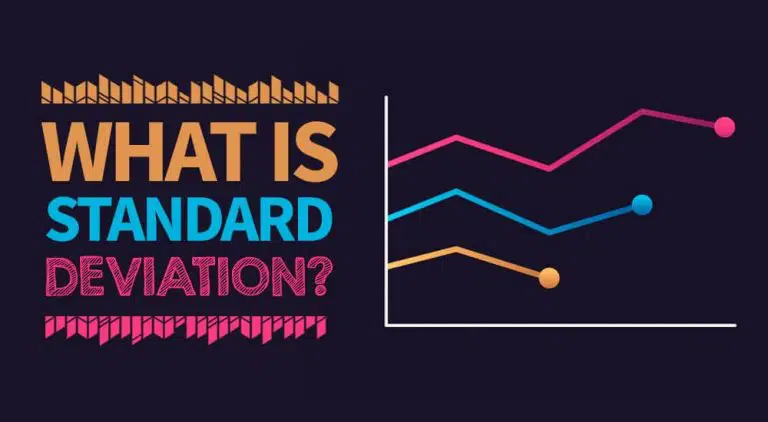On my blog, I have written various posts connected to projects and project management; however, I have not written anything specifically on projects and project management, programs and program management, or portfolios and portfolio management.
I am currently working on developing blog pieces about these subjects, the first of which will be titled “What is a Project, Its Definition, Features, and Examples.”
After reading these blog posts, I hope you won’t have any questions or concerns regarding these ideas.
Let’s start with the project.
What is a Project?
Definition: According to the PMBOK Guide, a project is defined as a "temporary endeavor to create a unique product, service, or result."
Creating deliverables is one of the primary reasons why projects are started in the first place. A project deliverable might be tangible or intangible products or results that are one of a kind and can be independently verified.
The output of the project is not referred to as being “temporary,” as the project itself is what comes to an end and not the result.
Projects create a unique product, result, or service that is not repetitive. Despite the fact that many construction projects result in the construction of buildings, bridges, and dams that are comparable to one another, each of these structures is an original product.
It is considered an operation if there is a repeating output. The production of automobiles, for instance, involves a pattern of identical steps.
Features of the Project
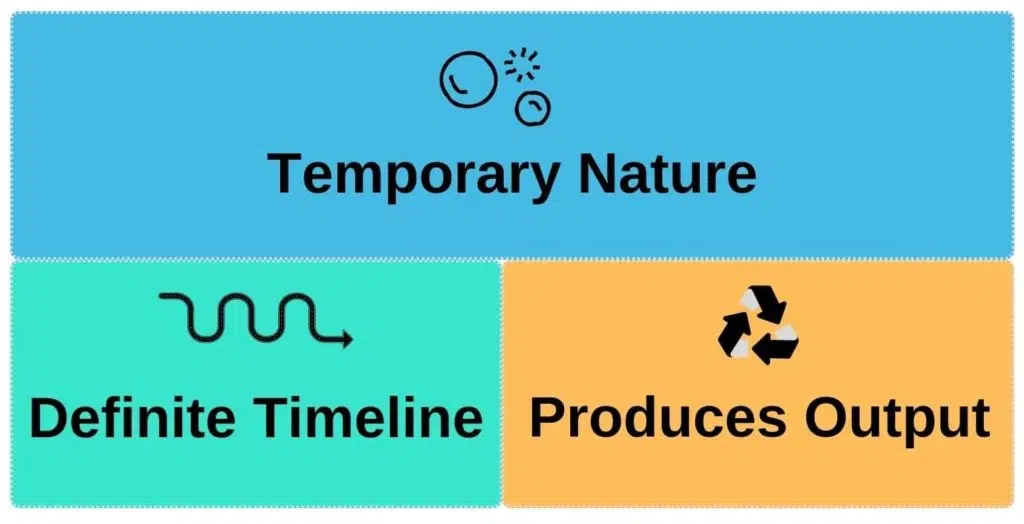
A project has the following features:
- Temporary Nature: All projects are temporary. This means that once the project’s objective is achieved, it ceases to exist.
- Definite Timeline: A project has a definite, measurable, and achievable timeline with a definite start and end. A project cannot continue forever; it has a definite duration.
- Produces Output: All projects produce an output. The output can be a unique product or an enhancement, a unique service, or a result.
Project Boundaries
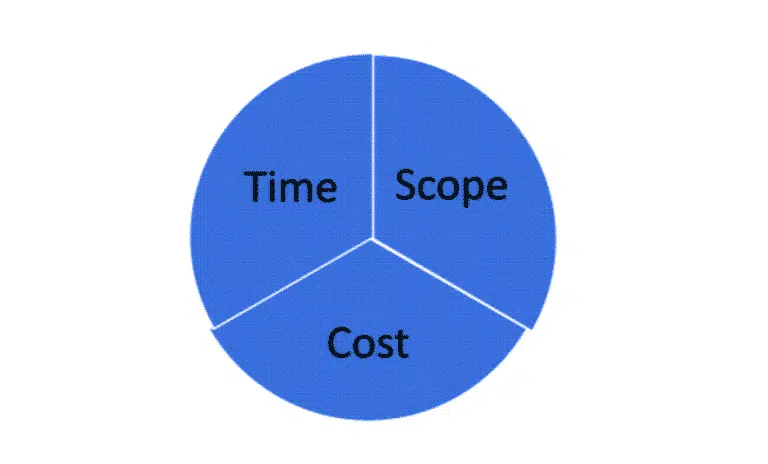
Boundaries are limitations on projects, and all projects have limitations; these are called constraints. The three main constraints are known as triple constraints. These triple constraints are:
- Scope: This is the first project boundary, and project managers cannot perform the work outside of the scope of work. The scope can be product scope or project scope.
- Time: Projects are temporary and must finish within a specified duration. A project crossing its duration is known as a delayed project, and the client can ask for a penalty for not completing the project on time.
- Cost: Most projects have fixed budgets, and the project manager must complete the project within it. Going over budget is not desirable and can cause project failure.
Types of Projects
You can divide the project into three categories based on the methodology you use for their management.
- Traditional Projects: This is the most traditional approach to the management of projects. Here the scope of work is fixed, changes are not common, and these projects follow five phases of project management. Most projects, such as those involving infrastructure or construction, are examples of traditional projects.
- Agile Projects: These are newer methods of managing projects. Most IT projects are managed through agile methodologies. You can use agile methodologies when the scope of work is not well defined, and changes are common.
- Hybrid Projects: These are combinations of the projects mentioned above. Hybrid project management is helpful for large projects, including construction and software development elements.
Examples of Projects
A few examples of a project are:
- Constructing a building
- Developing a new pharmaceutical compound
- Expanding a tour guide service
- Merging two organizations
- Exploring for oil in a region
- Modifying an organization’s software system
- Researching to develop a new manufacturing process
- Improving a business process within the organization
The most important characteristic of a project is its temporary nature; the project ends when it achieves its objective. The project can also end when:
- Funding is exhausted
- The project is no longer necessary
- Resources are no longer available
- The project is terminated for legal cause or convenience
Project Life Cycle
Projects undergo different phases, from initiation to completion. These phases are known as the project management phases, a collection of logically related project processes.
The phases can be iterative, overlapped, or may be sequential. Phases are time-bound with a start and end or control point. These control points are known as “phase gate,” “control gate,” or “phase review.”
Though projects vary in size and the amount of complexity they contain, a typical project can be mapped to the following project life cycle:
- Starting the project
- Organizing and preparing
- Carrying out the work
- Closing the project
The production of a product, result, or service might involve numerous stages during the life cycle of a project. These recurring stages are known as developmental life cycles. A project cycle can be:
- Iterative Life Cycle: Scope is planned early, but time and costs are modified as more scope details become available while the project progresses. Iterations develop the product through repeated cycles, while increments successively add to the product’s functionality.
- Incremental Life Cycle: The deliverable is produced through a series of iterations that successfully add functionality within a predetermined time frame.
Five Phases of the Project
During a project life cycle, projects go through five phases. These phases are:
- Initiation
- Planning
- Execution
- Monitoring and Controlling
- Closing
#1. Initiation Phase
This is the beginning stage of the project, which also marks the beginning of the organization’s official launch of the project. Approval of the project charter and stakeholders identification are two crucial processes during this phase.
The project charter is the most important document associated with the project and includes essential information. It may consist of a feasibility study summary, a business case, a cost-benefit analysis, essential assumptions and limitations, project milestones, relevant stakeholders, and so on.
It shows the project objective, scope, deliverables, budget, and duration and assigns a project manager.
Identifying project stakeholders is the second process after the project charter is signed.
If all of your project’s stakeholders are happy, then your project was a success. If you do not identify your stakeholders, you will find that completing the project presents many challenges for you.
To ensure a successful conclusion to the project, you must first determine who your project’s stakeholders are and then effectively manage those stakeholders.
#2. Planning Phase
During this stage, you will work on developing a project management plan that is both comprehensive and detailed.
The project plan is sometimes referred to as the project management plan. This document explains how you will execute the project, monitor, control it, and close it.
The planning process begins with the gathering of requirements and the definition of the scope. After that, you establish the timeline, decide when the deadline will be and assign the resources.
Then you develop other subsidiary project management plans, such as cost, resource, procurement, and risk management plans.
You may hold your first project kick-off meeting in this phase.
Rolling Wave Concept
The detailed project scope is often unavailable at the initial stage of the project. So you make detailed plans for the near-term work for which a detailed scope is available. For the rest of the work, you go for high-level planning. This phenomenon is known as “rolling wave planning.”
#3. Execution Phase
This phase of the project life cycle takes the most time. During this phase, you put the majority of your effort and resources into developing the actual product.
During this project phase, you, as the project manager, are responsible for managing the stakeholders, processes, and communication.
Any delay in this phase will affect your timeline, and you may exceed your schedule and your budget. This will affect the team morale and thus the project’s progress.
During the entire phase of implementation, you must have a proactive attitude.
The project output is developed in this phase.
#4. Monitoring and Controlling Phase
This phase happens concurrently with the execution phase. While executing the project plan, you will continuously monitor the progress for any deviation from the baseline.
If you observe any deviation in your plan, you will immediately take corrective action to solve the problem. You will also take preventive action to stop deviations from occurring.
In this phase, you control all aspects of your projects, including scope, cost, schedule, resource, risk, procurement, communication, etc.
#5. Closing Phase
This is the project’s final phase, with only one process: close project.
The most important steps in this process are the transition of the final product, the development of the final report, the updating of the project papers, and the updating of the organizational process assets.
Closing a project is not about just closing the project. You also complete the final transition of the product or service to the client.
You will investigate whether or not all of the purchase agreements have been finalized and the invoices paid.
You will update your lessons learned document and other project documents. After updating these documents, you will store them in repositories as organizational process assets.
Finally, you will disband your project management team and release all team members so the organization can assign them to other projects.
How to Implement a Project
A project is implemented depending on the methodology for managing the project.
For traditional projects, you can manage them using five phases of project management:
- Initiation: The project charter is developed in this phase, and stakeholders are identified.
- Planning: The project manager collects project and product requirements and develops project plans and baselines.
- Executing: In this phase, the project manager executes the plan and does the real work. Most of the time and money is spent in this phase.
- Monitoring & Controlling: The project manager monitors and ensures the project is progressing as planned. If there is any deviation, they will take corrective and preventive actions.
- Closing: In this phase, the final deliverable is delivered to the client, and the project is closed.
The agile project requires eleven steps:
- Identify Product Vision: Every product must have a vision, and the product owner should develop the product vision. This vision summarizes the product features and its main benefits.
- Develop Product Roadmap: Road map is a high-level summary of the product and what it will become in the future. Here the product owner is focused on objectives instead of features.
- Assign Agile Team: The agile team will be assigned the project. The team will include the product owner, scrum master, and other team members.
- Create the Product Backlog: A list of product features known as user stories. The product will meet with the user and develop the user stories.
- Create Spring Backlog: After creating the backlog, the product owner will prioritize the user stories and create the sprint backlog to start the first spring.
- Release Plan: This plan will show how and when features will be delivered to the client. Release plans are defined by the dates and scheduled features.
- Sprint Planning: The sprint duration is one to four weeks, allowing the team to develop working software and add additional features. Sprint planning takes place before the sprint starts.
- Track Progress: The progress is tracked using a Burn-Down Chart for each sprint. All team members can access this chart and see the overall project progress.
- Daily Standup Meetings: Agile promotes open communication. Daily standup meeting occurs for ten to fifteen minutes before starting work. Here team members can discuss any issue they are facing and the work plan.
- Spring Review: At the end of the sprint, all team members sit together and put green marks on everything “done.”
- Spring Retrospective: Here, the team discusses how the previous sprint was “done” and how they can do better next time.
When a Project is Successfully Completed
In short, when all project stakeholders are satisfied or happy and accept the deliverable, the project is successfully completed.
A project is successfully ended when:
- The project is completed on time.
- The project is completed within budget.
- The project fulfills all requirements.
- The stakeholders are satisfied.
The last criteria are most important. You often fulfill all requirements, but if the stakeholders are unsatisfied, you cannot say your project is successfully completed.
Conclusion
Projects are started to accomplish particular objectives; after those objectives are met, the projects are closed. A project is a temporary organization and goes through five phases, from initiation to close. Each project’s results are one of a kind, just like the project itself.
Please use the comments section to ask any questions you may have regarding projects, and I will do my best to respond.

I am Mohammad Fahad Usmani, B.E. PMP, PMI-RMP. I have been blogging on project management topics since 2011. To date, thousands of professionals have passed the PMP exam using my resources.

